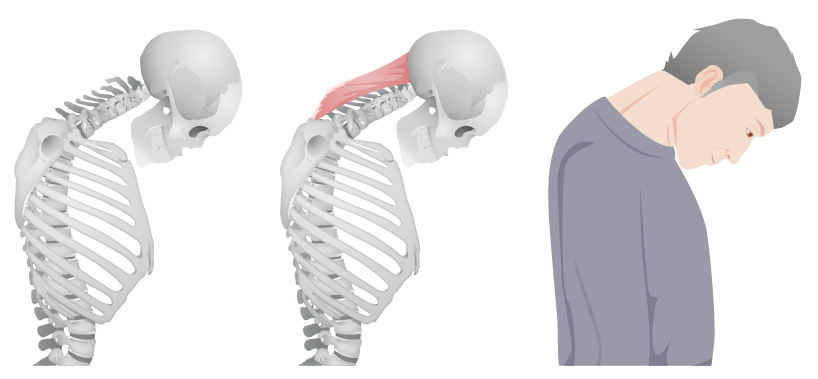Playlist
Show Playlist
Hide Playlist
Management of Inflammatory Myopathies
-
Slides Inflammatory Myopathies.pdf
-
Download Lecture Overview
00:00 So how do we treat these patients? Well, a number of trials have been performed to guide, first line, second line, and supportive care approaches to the management of immune mediated or inflammatory myopathies. First line treatment begins with corticosteroids. These are immune mediated conditions and we need to calm down the immune system and corticosteroids are about the broadest way to do that. We talked about inclusion body myositis which often has a poor response and care is primarily supportive for many of those patients. For patients who require long-term steroid therapy, we worry about complications of bone thinning or weight gain, hypertension, and other complications of long-term steroid use. And so steroid- sparing agents like methotrexate, or azathioprine, or mycophenolate mofetil are also used to lower the steroid requirement for those patients. Second line treatment or for patients who present with a particularly fulminant course and presentation include intravenous immunoglobulin, occasionally plasmapheresis, and rituximab. And those are important immune modulating therapies that can be used in the second line. Supportive care is always important and these patients are weak, they need physical therapy, occupational therapy and patients with particularly proximal symptoms and difficulty with swallowing may need a swallowing assessment for dysphagia. So, let's think about how we use those treatments in the time course of the patient. Patients who present with new onset disease are usually started on glucocorticoids or corticosteroids and typically the steroid of choice is prednisone at a dose of around 1 mg/kg with a slow taper over many months. 01:41 Physical therapy or a clinical trial is typically something we would consider for inclusion body myositis where the steroid response is less robust. In patients who have a fulminant, acute or very severe presentation, oral corticosteroids may be delayed in place of intravenous corticosteroids typically with methylprednisolone and then followed by a transition to chronic oral taper. What about maintenance therapy? Again, for patients who are going to be on steroids for a long period of time, we think about incorporating and adding in a steroid sparing agent like azathioprine, methotrexate, mycophenolate, or even cyclosporine. And in some cases where there's insufficient response to first line steroids, we think about IV IG and rituximab. Clinical trials are always important than things that are a consideration for these patients particularly who have more severe disease.
About the Lecture
The lecture Management of Inflammatory Myopathies by Roy Strowd, MD is from the course Acquired Neuromuscular Diseases.
Included Quiz Questions
What is the first-line treatment for severe necrotizing autoimmune myositis?
- Intravenous glucocorticoids
- Surgical resection
- Physical therapy
- Methotrexate
- Oral glucocorticoids
Customer reviews
5,0 of 5 stars
| 5 Stars |
|
5 |
| 4 Stars |
|
0 |
| 3 Stars |
|
0 |
| 2 Stars |
|
0 |
| 1 Star |
|
0 |





